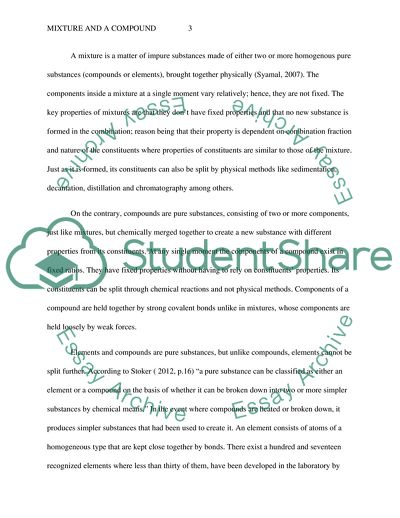Cite this document
(Mixture and a Compound Lab Report Example | Topics and Well Written Essays - 1500 words - 1, n.d.)
Mixture and a Compound Lab Report Example | Topics and Well Written Essays - 1500 words - 1. https://studentshare.org/physics/1785610-mixture-and-a-compound
Mixture and a Compound Lab Report Example | Topics and Well Written Essays - 1500 words - 1. https://studentshare.org/physics/1785610-mixture-and-a-compound
(Mixture and a Compound Lab Report Example | Topics and Well Written Essays - 1500 Words - 1)
Mixture and a Compound Lab Report Example | Topics and Well Written Essays - 1500 Words - 1. https://studentshare.org/physics/1785610-mixture-and-a-compound.
Mixture and a Compound Lab Report Example | Topics and Well Written Essays - 1500 Words - 1. https://studentshare.org/physics/1785610-mixture-and-a-compound.
“Mixture and a Compound Lab Report Example | Topics and Well Written Essays - 1500 Words - 1”. https://studentshare.org/physics/1785610-mixture-and-a-compound.


